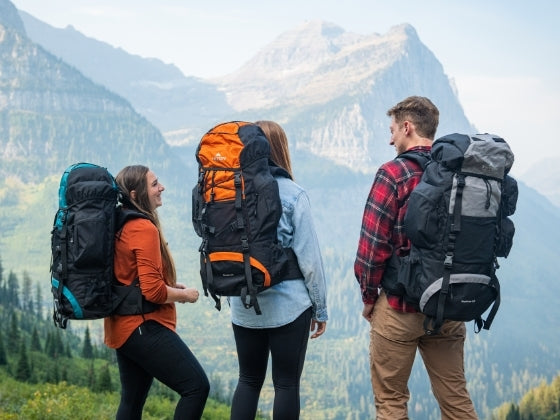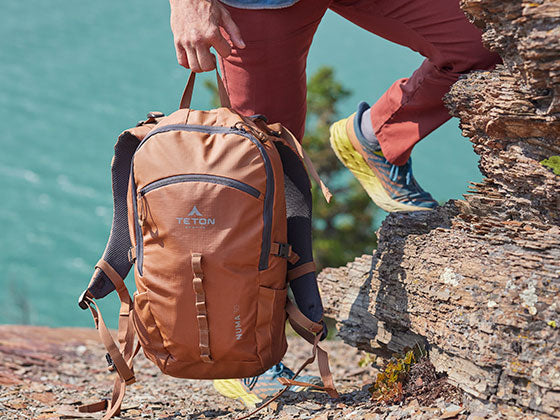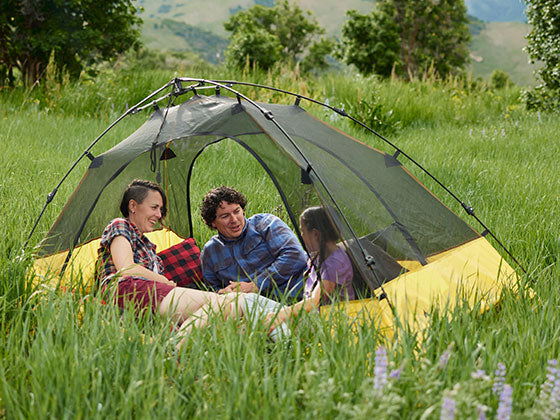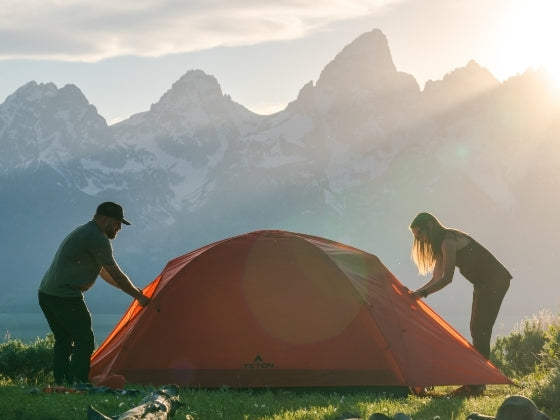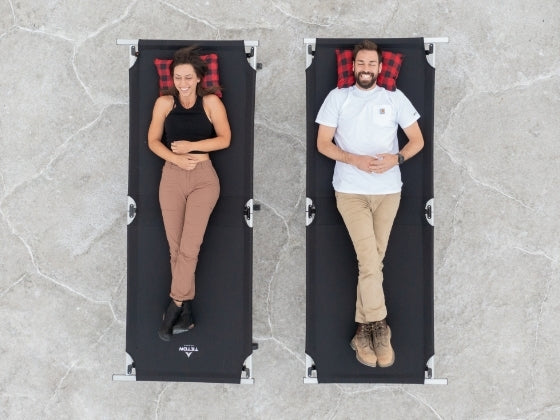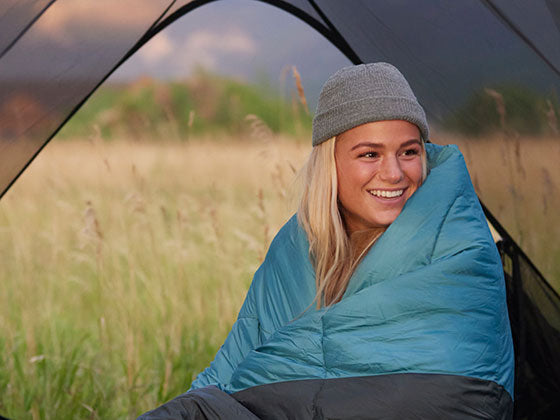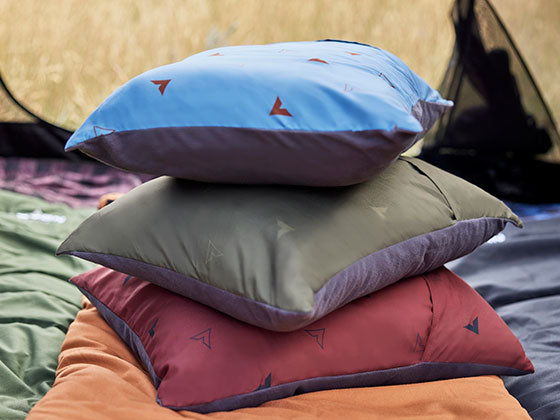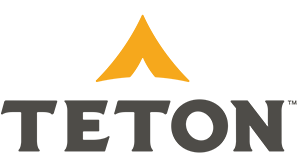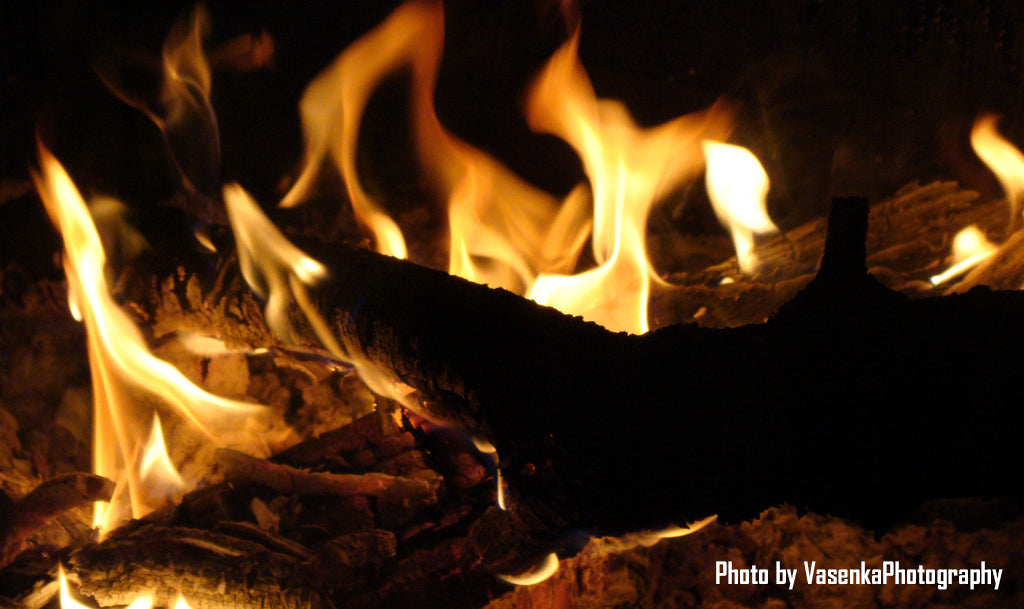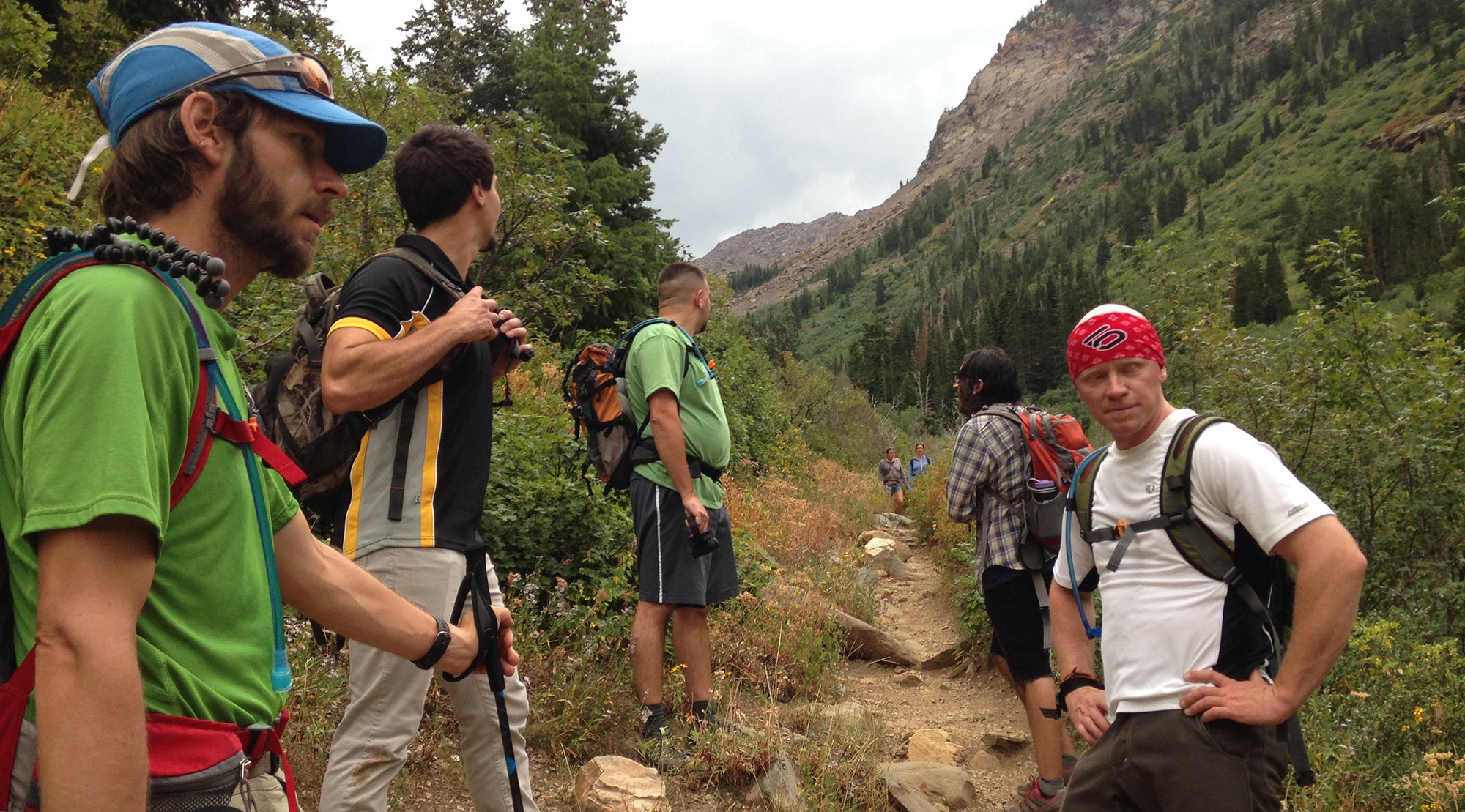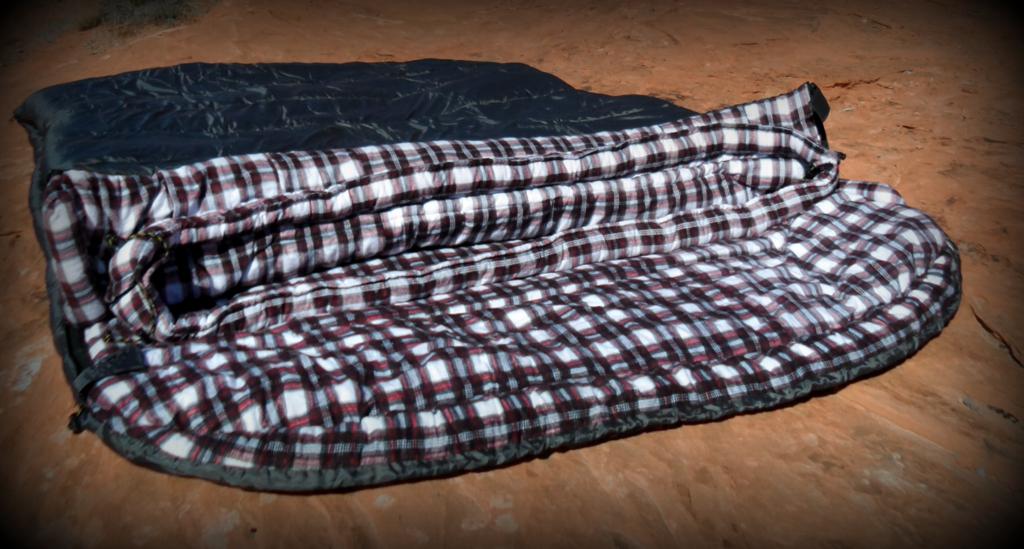Here at TETON Sports, we love the idea of being able to start a fire with whatever we can find in the great outdoors. Certainly, fuel to keep a fire going is often abundant in the wilderness, but fires all start with the same thing—a spark. A little practice with any of these methods will go a long way in getting that cozy energy source that really rounds out and sustains the camping experience. Not to be confused with fire-starters (various tinders), this article will discuss all the methods we could find to get that spark and show you 18 ways to start a fire.
Built-in Striker Many of us have started a fire with matches. It’s still amongst the quickest methods, and nearly every camping gear list and survival kit calls for them (the waterproof variety particularly). Simply light the match, and then light the tinder nest. Whether you prefer the gas station variety or a refillable camping lighter, you won’t be disappointed by the convenience with this strike and light method either.
Friction-based Methods Enthusiasts all agree that the most difficult (and perhaps most impressive) form of fire starting techniques are friction based ones. We covered some of these in our How to Build a Fire post last year. You will want to be confident in your skill with these versions before you really need one of them. It takes a fair amount of practice to master any one of these: Firstly, the old “rub two sticks together” or hand drill. You begin by making a notch in a larger stick then use another to bore into that hole by rubbing the stick back and forth between your hands. With some determination, you should get a spark to build from Slightly more complex, but easier on the hands is the bow drill. So called for the bow shaped apparatus you use to work up the spark. The bow string wraps around another stick that is lodged in the base wood and you run it back and forth until the heat from the friction produces the spark. With the fire plough you push your striking stick through a trough notched in a large piece of wood. The shavings of wood produced will eventually spark. If two heads are better than one, we could assume the two man friction drill would produce a spark faster. It’s very similar to the bow drill, but one person holds the spinning striker stick well in place while the other runs the thong quickly over it to produce the friction needed.
Our last friction based method is called the pump fire drill. The Iroquois tribe invented this ingenious system, and a picture describes it best:
The combination of hard and soft woods is the key with this little device. We recommend checking out a video online to see this in action. While there may be a myriad of easier ways to start a fire, the friction based methods are pretty impressive as they take a fair amount of skill and patience. Survivalists agree that they’re worth knowing how to do since most of these primitive ways can be easily reproduced in the wild if the need arises.
Striker Methods Striker methods will seem like a no-brainer after the time we’ve spent with friction based methods. A good piece of steel will throw a spark almost immediately against a sharp piece of flint.
With flint and steel you will find a prefabricated kit to be a great friend, just remember your *char cloth or the process can get a little unpredictable. (*Charcloth is a small partially burnt piece of cotton cloth) If you aren’t as well equipped as that kit provides, a piece of rock and your pocket knife can often do the trick.
This is the rock striker method. Quartzite makes a great striking rock and is available naturally in much of our beloved outdoors.
Lens There are a plethora of options for starting fire on a sunny day. The most obvious is the magnifying glass. But any lens will provide magnified heat that can start a nice fire and it’s merely a point and spark skill set. Just point the intensified light from your lens into your tender nest. Other lenses you can use are:
- Eyeglasses
- Binoculars' lens
- Ice
- Balloons (or condoms)
- Water bottle
- And a slightly less known soda can and chocolate
For the soda can and chocolate method you polish the bottom of the soda pop can with the chocolate until you have a nice reflective surface, then point the light at your tinder nest as before. Reflective surfaces will also provide you the light-beam needed to start your fire, so a mirror can serve you as a fire starter and a signaling device—great multi-use gear!
Weird Science This last section we’ve deemed our “science project” methods. Fun and effective, these have been replicated many times over: A battery and steel wool are very effective. Enthusiasts recommend using the finest steel wool you can find and a 9 volt battery, but any battery will work. Simply bring the two elements together and watch the wool catch fire! And last, but not least, is the ever impressive fire piston. It works like the pistons in your car—compressing the air quickly until it is hot enough to spark. There are a variety of wooden or steel ones on the market and the apparatus is light enough to pack away easily in your pack or even a small survival kit. At TETON Sports, we think some of the best outdoor experiences involve a campfire. Camping trips often call for a bit of improvisation. More ways to start a fire will offer you more ways to improvise, if necessary. Whichever method you prefer, you can get that spark with some practice and persistence. But tell us, do you know another way to start a fire? Or have any tips or tricks to share about the ones we’ve already mentioned? Share them with us! Adventure On! TETON Sports

